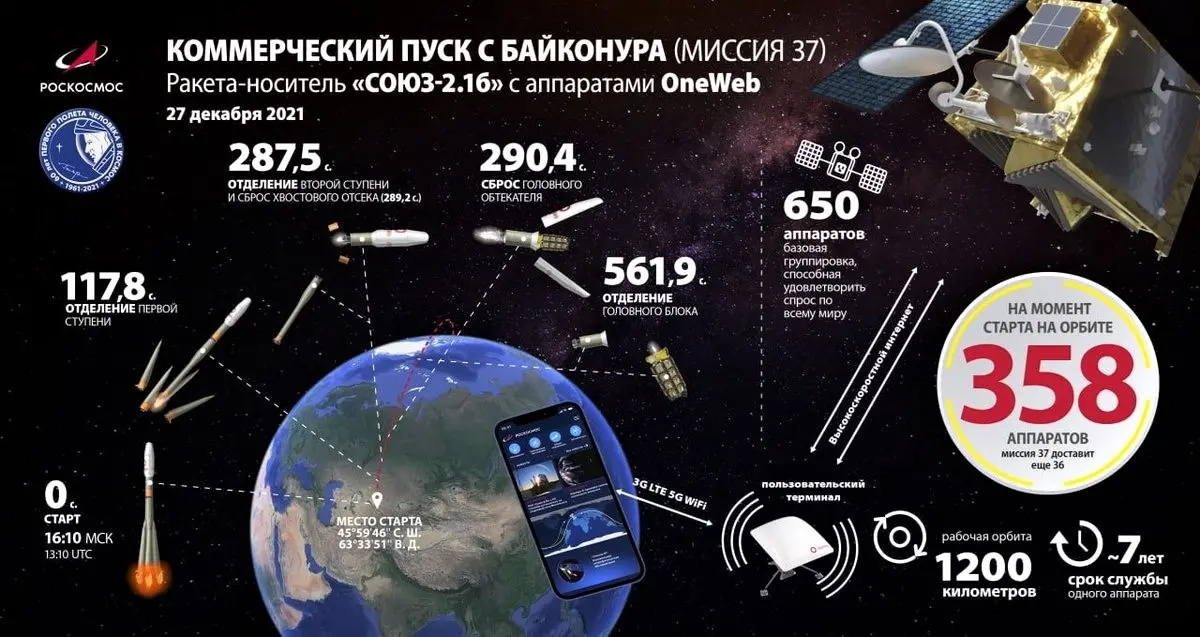
Do you want to access to this and other private contents?
Log in if you are a subscriber or click here to request service
Soyuz-2-1B launched with 36 OneWeb satellites
They will be part of the space constellation for the global provision of Internet access - VIDEO

Launches at the end of the year: after the James Webb Space Telescope expedition into orbit, which took place via the Ariane 5 rocket on December 25th from the ESA (European Space Agency) base in Kourou, French Guiana (see AVIONEWS), yesterday was the turn of the Russians, who sent a Soyuz-2-1B capsule with Fregat upper stage and 36 OneWeb space satellites on board, developed by Airbus DS, into space...
red - 1241269
AVIONEWS - World Aeronautical Press Agency
◄ Previous page
AVIONEWS - World Aeronautical Press Agency